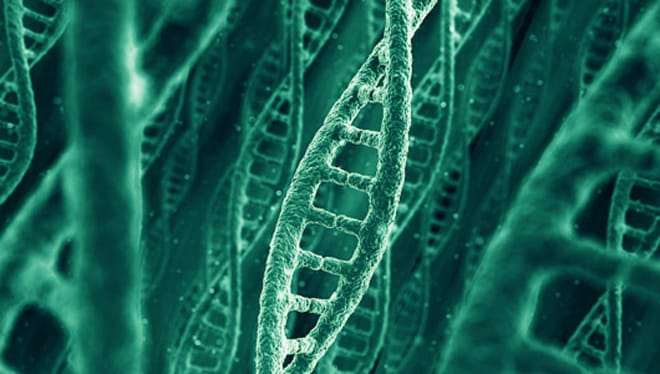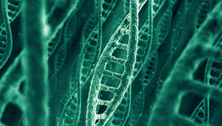Nanothermomether Built with DNA

Illustration: istockphotos
 Researchers from the University of Montreal have designed a DNA thermometer 20000 times smaller than a human hair. The scientists took advantage of DNA’s natural changes in compaction when subject to temperature variations. The DNA thermometer, which measures temperature at the nanoscale, serves as a proof of concept for building new nanodevices. The findings have been published in the journal Nano Letters.
Researchers from the University of Montreal have designed a DNA thermometer 20000 times smaller than a human hair. The scientists took advantage of DNA’s natural changes in compaction when subject to temperature variations. The DNA thermometer, which measures temperature at the nanoscale, serves as a proof of concept for building new nanodevices. The findings have been published in the journal Nano Letters.
DNA, RNA and proteins unfold at high temperatures. Some organisms use these biomolecules as natural thermometers to detect temperature variations that could compromise their survival. Inspired by this finding, and taking advantage of the different binding strength of A-T and G-C base pairs, the Canadian researchers built several DNA structures that unfolded at a defined temperature. To detect the folding state, the scientists added optical reporters to the design. The result is a 5 nm wide synthetic DNA that produces a signal when temperature changes.
The nanothermometers will be used to answer some basic research questions. Alexis Vallée-Bélisle and his team plan to determine if there are temperature variations at the nanoscale inside individual cells. Additionally, they will test if natural nanomachines (e.g. enzymes) overheat when working at high rate.
Source: Université de Montréal


